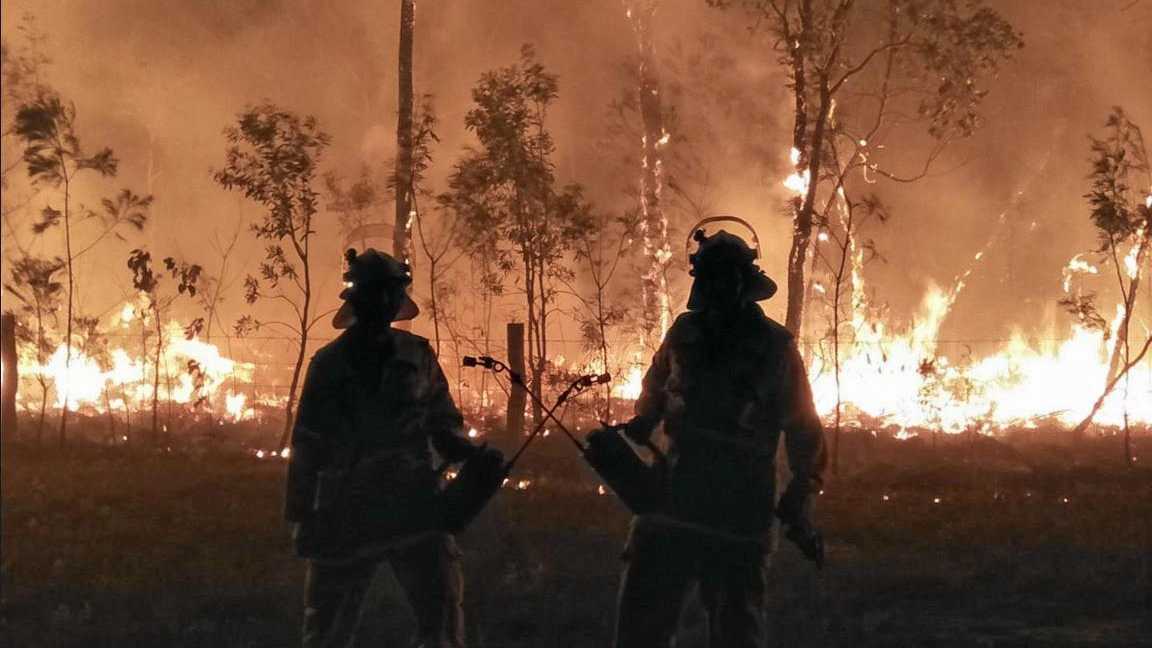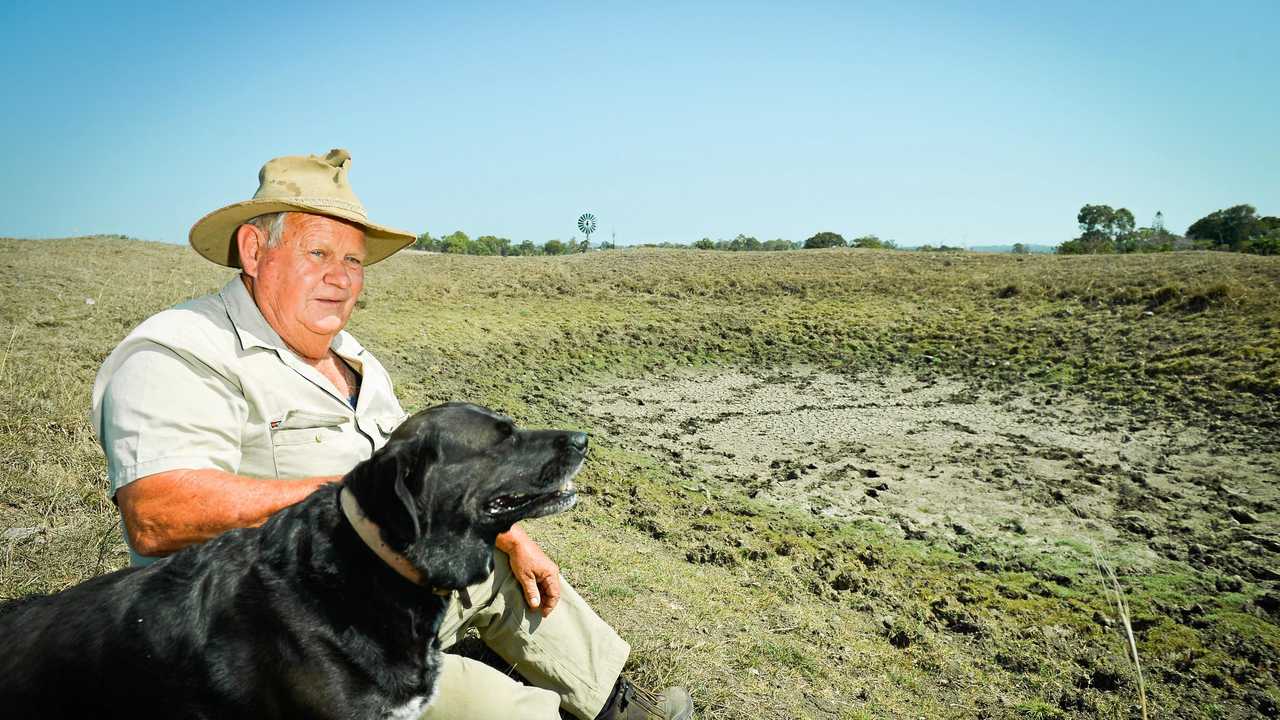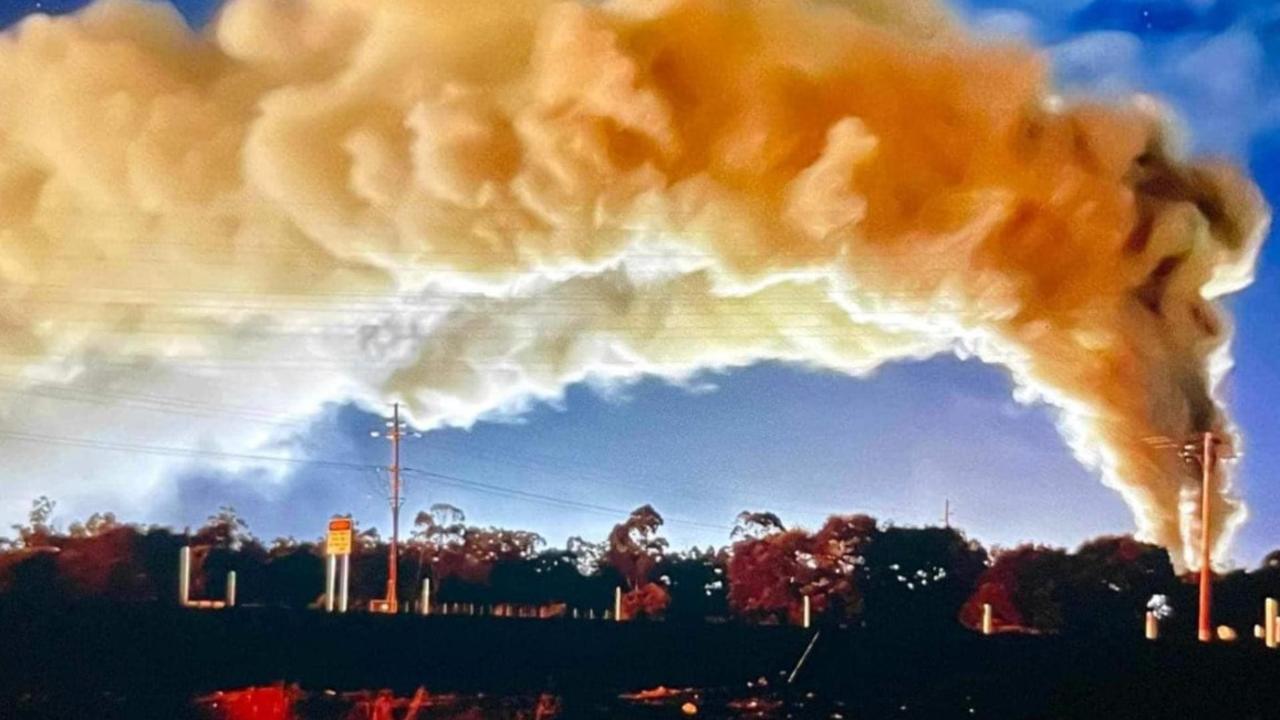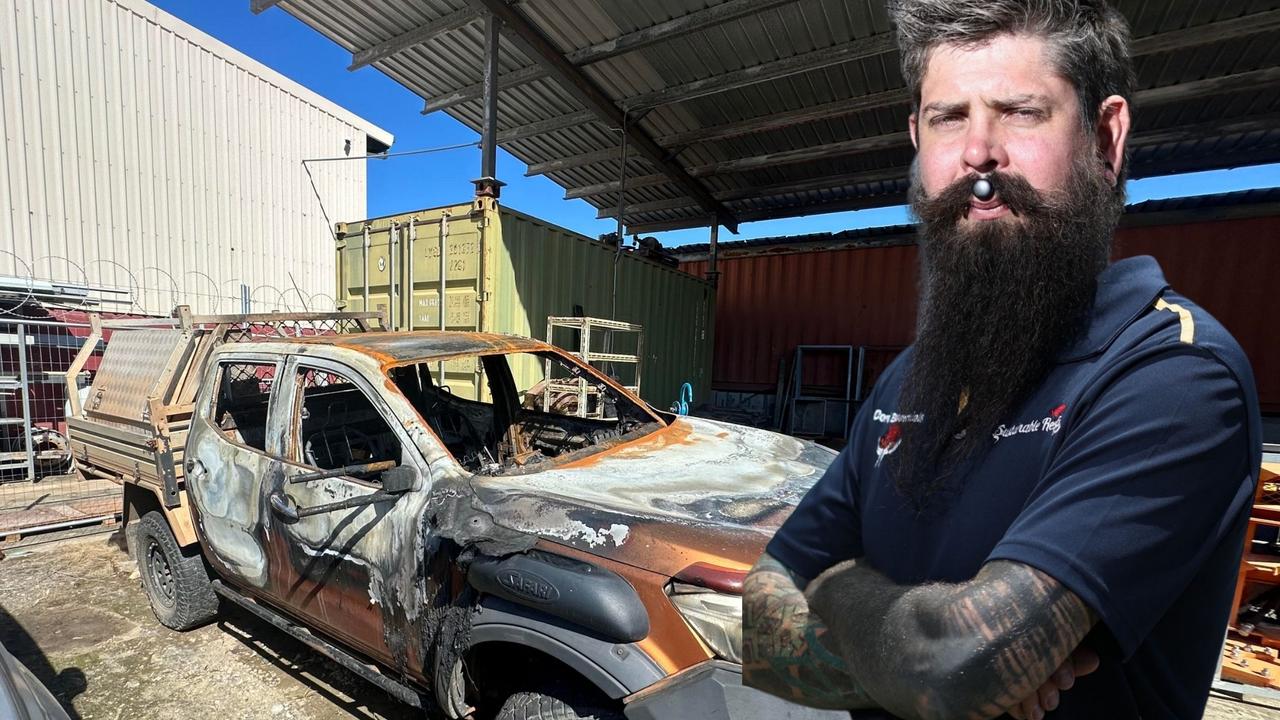'Lack' of back-burning sparks national park bushfire threat
Grazier who grew up in CQ fire hot spot points finger of blame

Rockhampton
Don't miss out on the headlines from Rockhampton. Followed categories will be added to My News.
Jim Elliot grew up in one of CQ's bushfire hot spot areas and he remembers a time when it was more grassland than the scrub it is today. Here he shares his insight into what caused the bushfire emergency.
AT A time when, hopefully, the current bushfire emergencies are being contained, some very serious thought needs to be given as to why these have occurred in the first place to the high levels experienced. The extremely dry, hot and windy weather was, without doubt, a major contributing factor - but, despite media claims to the contrary, we have experienced such "heatwaves" before, and will do so again.
It cannot escape notice that a great majority of the serious fires started, or were allowed to develop, in national parks or other government-controlled areas where, obviously, little attempt has been made in recent years to exhibit proper forest management or fire hazard reduction.
See Department of Environment and Science at bottom of story.
The fires in the Deepwater and Eurimbula national parks are classic examples of the result of the poor management of these areas for a considerable number of years.
I grew up in that area, and many years ago I regularly rode a horse in that country to muster cattle, back when it was privately held property or was leased to local graziers. It was then more open grassland, not thick scrub as it is now. Over the years since these areas came under Government control, these areas have become hugely overgrown - predominantly with rubbish and weeds such as lantana and rats tail grass.

Why is it that the taxpayers and ratepayers now have to bear the cost of the massive operations to control the resultant fires, and private persons and businesses have to suffer losses of property and stock, and firefighters and volunteers have to risk their lives - all as a result of the government's failure to exhibit proper management of the land which is under its control?
Another major issue which has become apparent during the present emergency is the reluctance or inability of many of the fire controllers to allow the use of back-burning as an effective control method.
I have spoken with volunteer firefighters and others who were involved in the Deepwater, Captain Creek, Mount Larcom, Darts Creek and Gracemere fires, and all were outspoken about orders which prevented them from engaging in early back-burning operations which would have hugely reduced the fire control workload, and the dangers to which they were subsequently exposed.
The Greeks knew some 2000 years ago that the best way to fight fire was with fire - so why are our volunteers and our regular fire control personnel not allowed to use such an effective method?
Private graziers routinely grade roads and fire breaks around their properties and back-burn off these to reduce the fire hazard, so why are not controllers of government lands required to do the same?

To give an order that back-burning could not be effected because there was a total ban on lighting fires at the time is, in my opinion, as stupid as saying that you could not use the town water to put out a fire as there was a ban on water usage for other than domestic purposes!
At a time when the damage caused by these fires is still very much in the minds of all personnel involved, I hope that considerable thought will be given as to why the fires were able to develop to the extent that occurred, and how to prevent this in the future.
In many cases it could be as simple a solution as running a wide clear path around the perimeter of every one of the government-controlled areas with dozers and graders, and following this up with drip torches to effect a fire hazard reduction - and to do this on an annual (or at very least bi-annual) basis - just as sensible private landowners do to protect their properties.
There is no way anybody looking at the current state of the burnt-out national park areas can say that there is responsible management in those areas.
Yes, the weather was a factor, but it always was a disaster waiting to happen - and it did!
By Jim Elliot, Calliope.
GOVERNMENT RESPONSE below:
THE Department of Environment and Science (DES) said the Queensland Parks and Wildlife Service placed a very high priority on preventing serious bushfires in protected areas, including National Parks.
"Right now, the focus is ensuring the safety of Queenslanders," a DES spokesperson said.
"The fires Queensland is experiencing are a result of extreme, unheard of, unprecedented weather conditions.
"QPWS regularly undertakes planned burns during cooler months to reduce fuel loads and lessen the impact of bushfires in National Parks, State Forests and other protected areas.
"In 2017-18, for example, QPWS conducted planned burns over an area of 942,680ha, which was well above the original target of 632,000ha hectares.
"Since January this year, QPWS has undertaken 276 planned burns across Queensland.
"During the fire season, QPWS closely monitors wildfire risk and fire danger conditions across protected areas and maintains preparedness levels relevant to the risk.
"As well as planned burning, the important work QPWS does to mitigate the risk of bushfires includes maintaining an extensive network of roads and fire lines, training and equipping staff, and working cooperatively with other fire agencies both in firefighter training and firefighting.
"QPWS also works in partnership with other firefighting agencies as part of the 'Operation Cool Burn' initiative."
Originally published as 'Lack' of back-burning sparks national park bushfire threat






